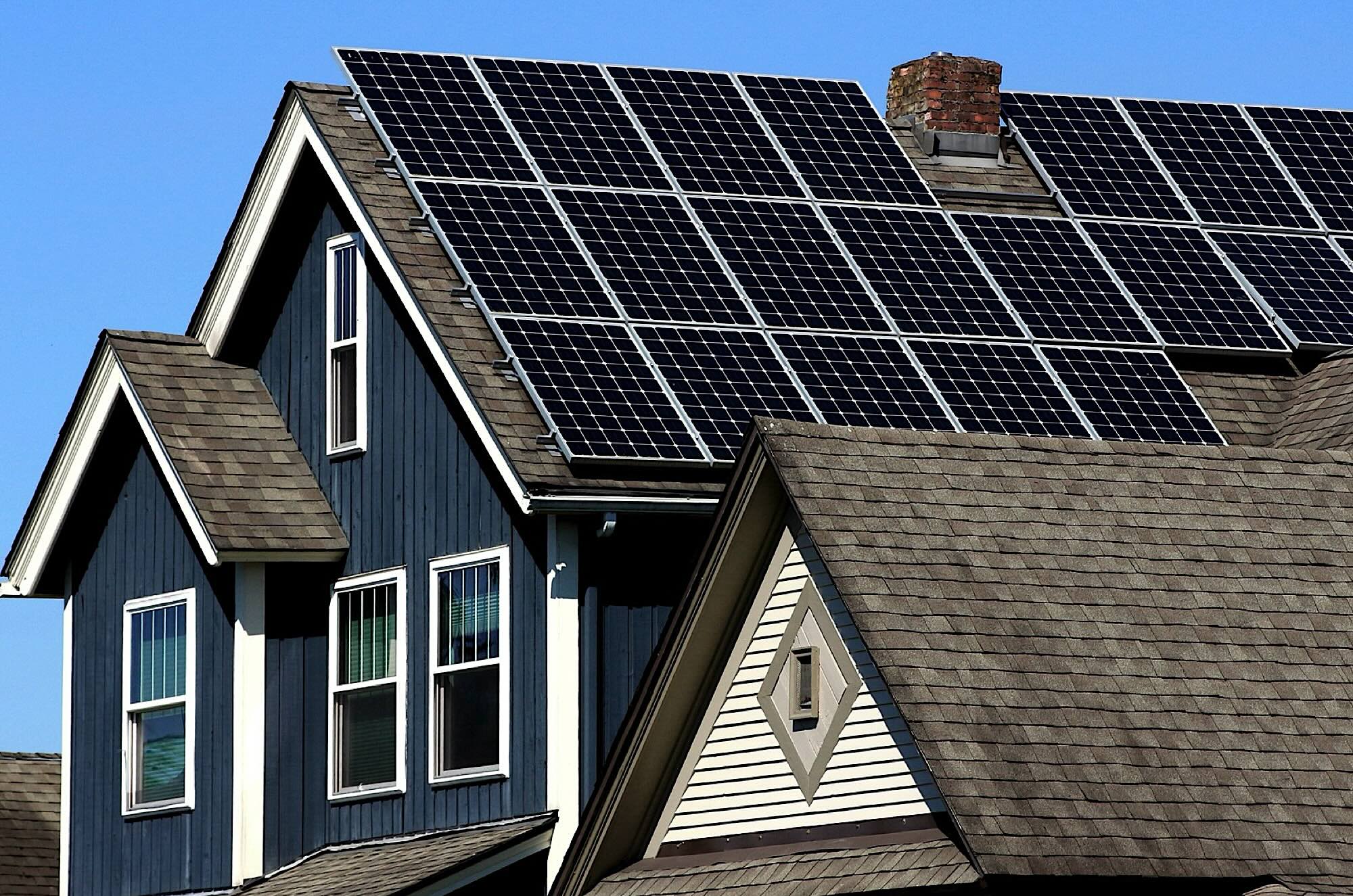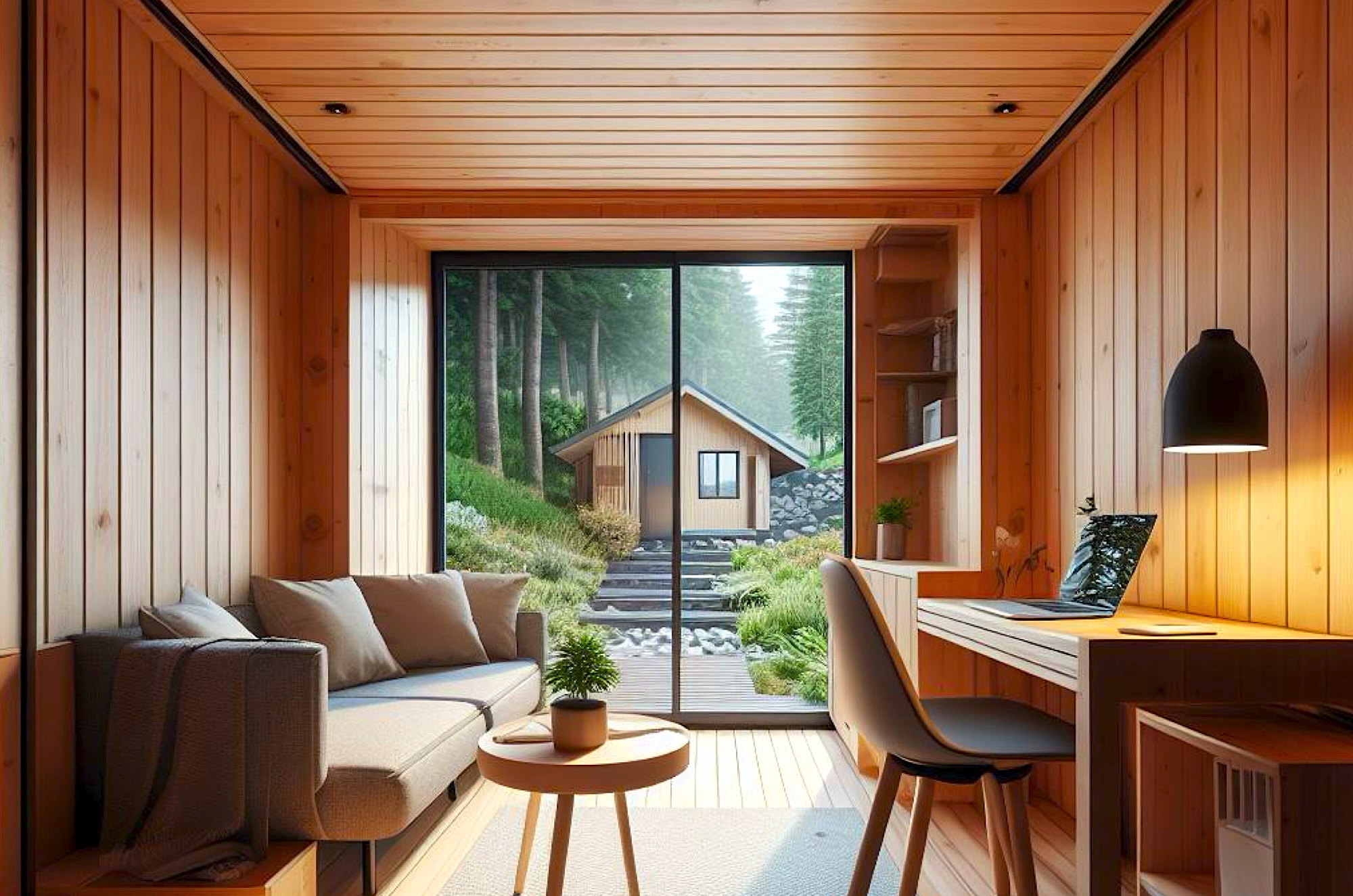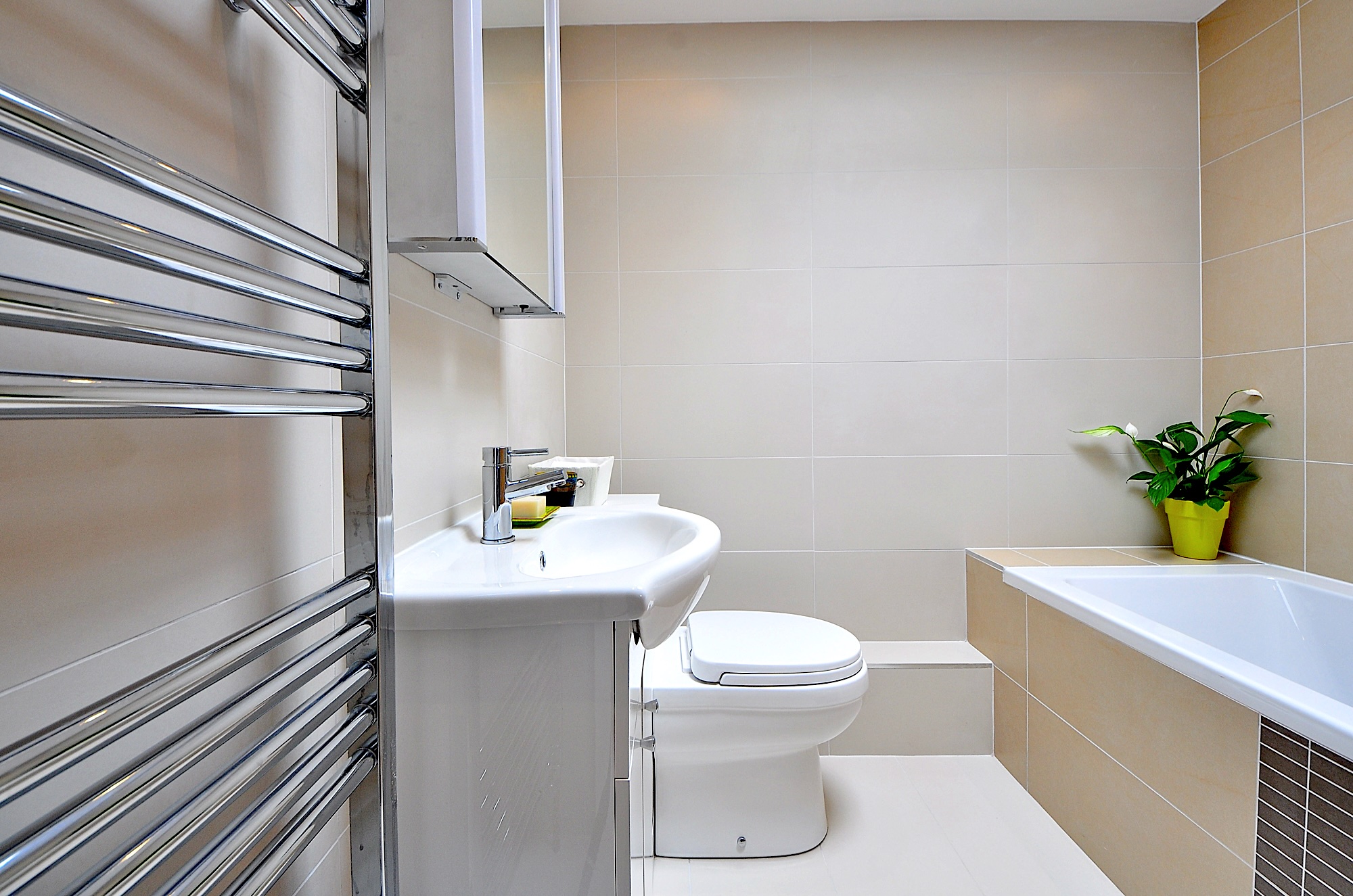Can modular construction solve the housing crisis? It depends on who you ask. Housing affordability is determined by price and price is a function of supply and demand. If new construction is constrained by factors such as regulation, mortgage rates, and labour availability then it will cost more to build which will reduce the number of available buyers and supply won’t keep up with demand. The ideal situation is one in which supply slightly exceeds demand. This keeps prices in check through competition and gives consumers a range of choices in their housing decisions. Modular construction, or factory-built homes, are generally less expensive to produce and higher quality compared to site-built. They look like regular houses with garages and crawlspaces and are already being used as in-fill in urban centres.
Risk management is a key driver for builders. Above all, they want a consistent, low-risk return on their investment of labour, money, and materials. New housing developments can take years to obtain permits and begin construction. The longer it takes to build, the greater the risk to the contractor and his lender. Another advantage to modular construction is that it de-risks the process to some degree which makes a project more profitable.
The weather is a primary factor because it causes delays and exposes materials to the weather and theft. Indoor construction is predictable and specialized trades work full-time, indoors, with materials close at hand. A good supply chain reduces costs risks: portions are pre-measured, equipment is available, labour shows up everyday on time. When houses are constructed on an assembly line, costs drop and more people can afford them. Factory environments have excellent lighting and quality assurance systems so craftsmen can work to their potential with greater attention to detail.
Would you like more information on modular construction and modular homes for sale in Port Hardy and area? Please contact me for a personal appointment.





